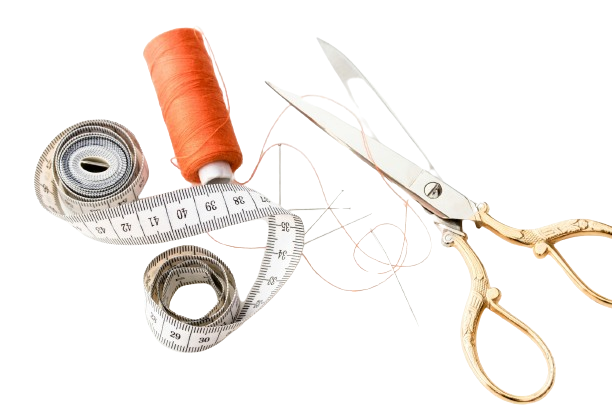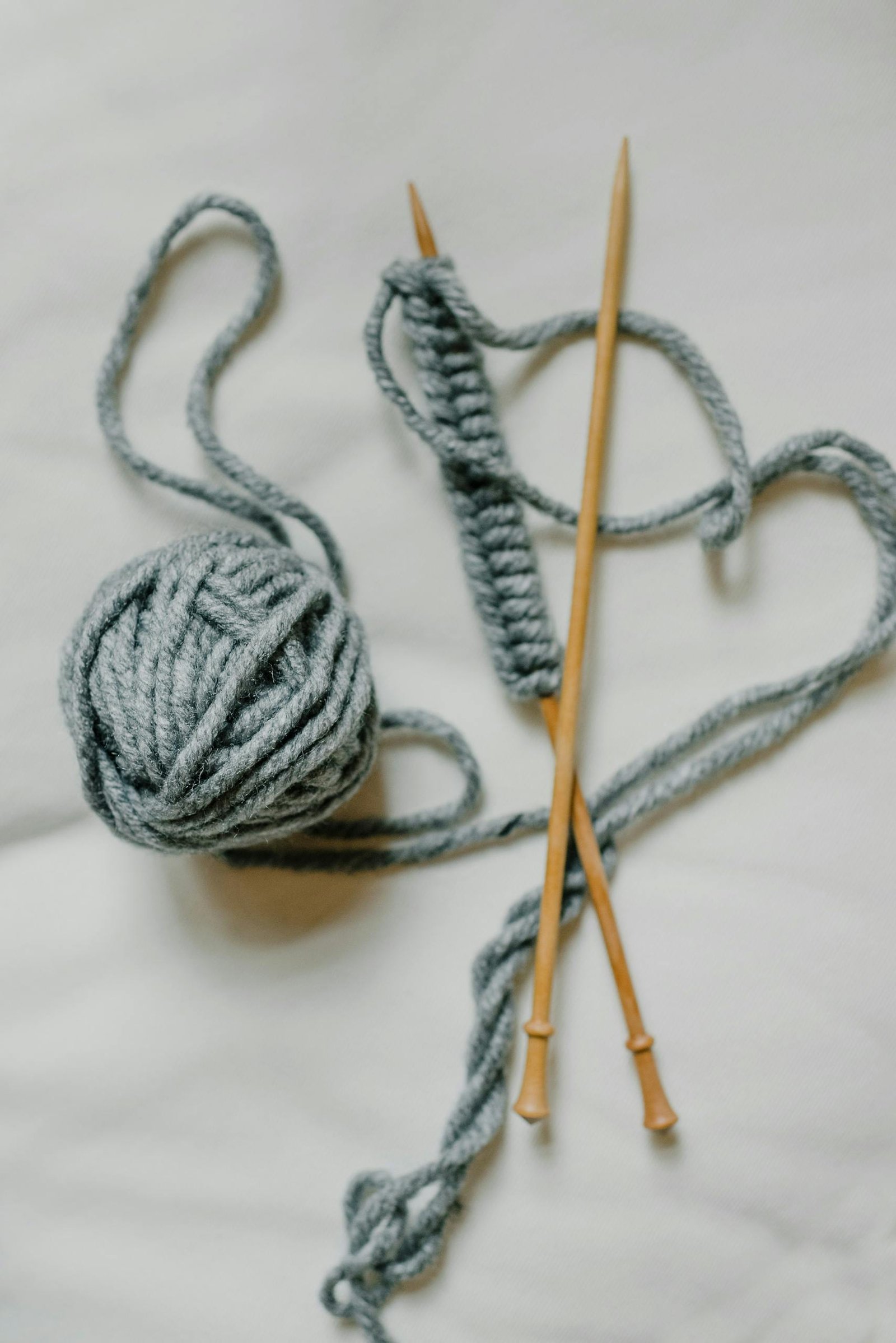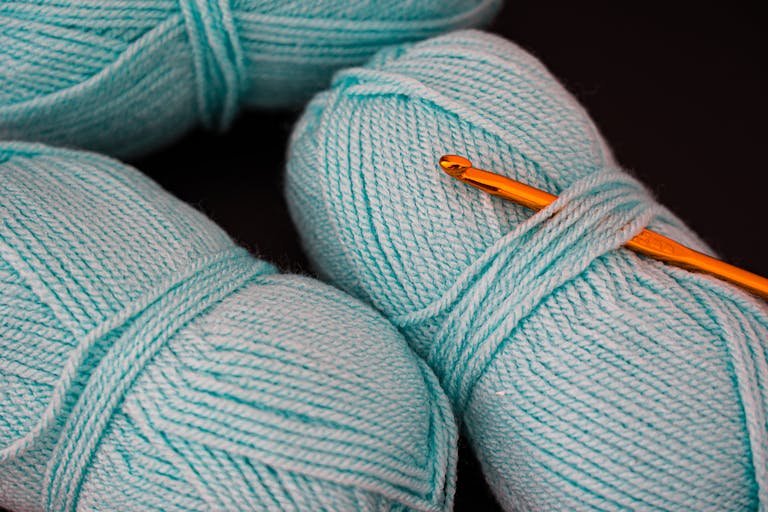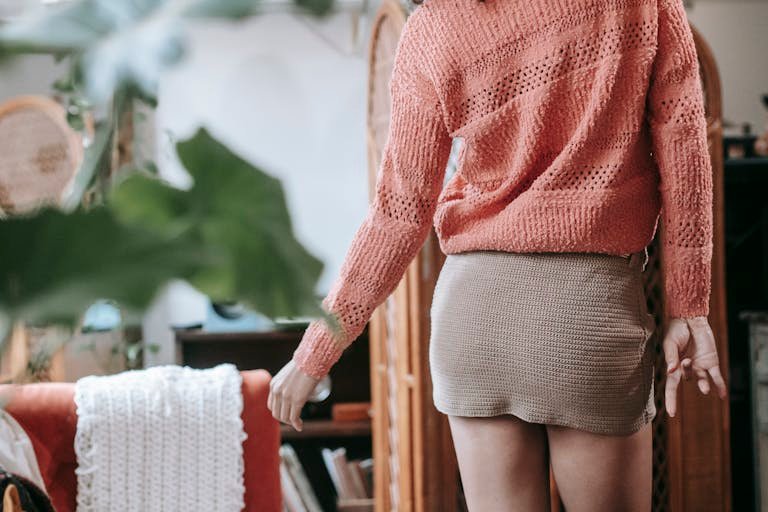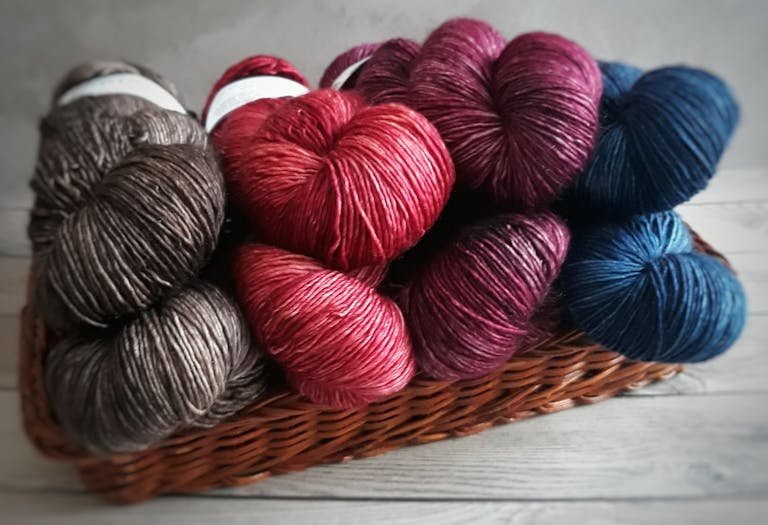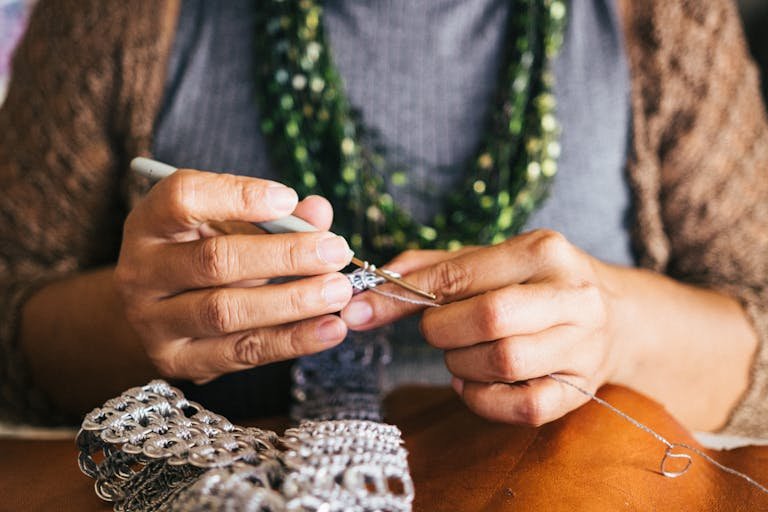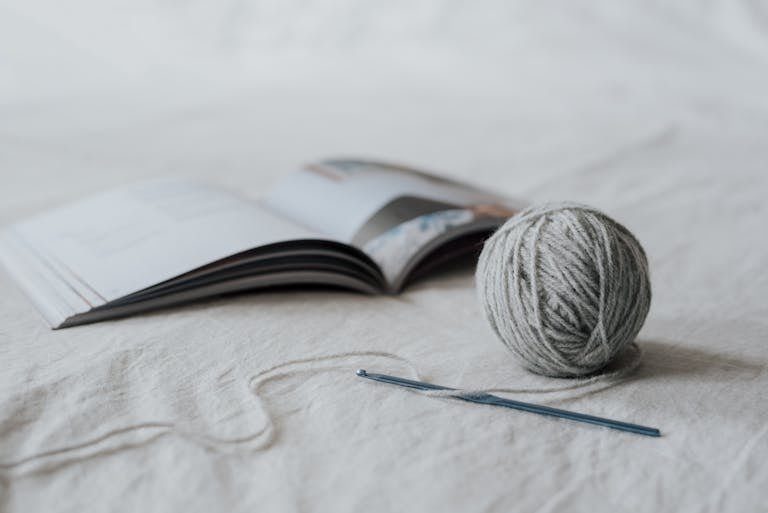Crochet Curl Conundrum: Fixing Your Unruly Stitches
Crochet is a relaxing and creative hobby that many enjoy, but sometimes things don’t go as planned, especially when your project doesn’t curl as expected. If you’re wondering, “Why is my crochet not curling?” you’ve come to the right place.
In this blog, I’ll cover everything you need to know about the reasons behind Why Is My Crochet Not Curling? and how to fix it.
Understanding the Basics of Curling
What Is Curling in Crochet?
Curling in crochet happens when the edges or the entire project start to turn or roll. This is common in projects like hats, scarves, or curly-edged designs. Curling can occur due to tension, stitch patterns, yarn types, or hook sizes, and it can either be a desired effect or an unwanted surprise.
Why Curling Occurs Naturally
Curling often occurs naturally in crochet due to the following reasons:
- Tension: The way you hold your yarn and hook can cause curling.
- Stitch Structure: Some stitches tend to curl, especially tighter stitches.
- Yarn Properties: Certain yarns curl more than others based on their fiber content and texture.
If your project isn’t curling when it should, let’s investigate the possible causes and solutions.
Common Causes of Non-Curling Crochet
1. Tight Tension
One of the most common reasons for your crochet not curling is overly tight tension. When your stitches are too tight, they create a rigid fabric that doesn’t allow any flexibility or movement.
Why Tight Tension Prevents Curling
When you crochet with tight tension, the stitches become stiff, preventing the fabric from curling naturally. Tight tension pulls the yarn tight and leaves little room for the fabric to move.
Solution
- Relax Your Grip: Try to loosen your grip on both the yarn and hook. Allow the yarn to flow more freely through your fingers.
- Practice with Scrap Yarn: Use some spare yarn to practice relaxing your tension until you find the right balance.
- Stretch Your Hands: Take regular breaks and stretch your hands to avoid cramping, which often leads to tight tension.
2. Incorrect Hook Size
Using a hook that’s too small can create tight stitches, making your project too rigid to curl.
Why Hook Size Matters
If your hook is smaller than recommended, it pulls the yarn tighter than necessary, preventing the fabric from curling naturally. This results in a dense, firm texture instead of a flexible one.
Solution
- Use a Larger Hook: Switch to a hook that’s one or two sizes bigger. Check the yarn label for the recommended hook size, as this will guide you in choosing the right one.
- Gauge Swatching: Make a small swatch using different hook sizes to find the one that allows your project to curl properly.
3. Stitch Choice
Certain crochet stitches are more prone to curling than others. For instance, single crochet creates a tighter, denser fabric, while double crochet produces a looser, more flexible fabric.
Understanding Stitch Impact on Curling
The tighter the stitch, the less likely it is to curl. If you’re using stitches like single crochet or slip stitch, they naturally create a flat, firm fabric. However, looser stitches like double crochet, half double crochet, or treble crochet offer more flexibility and curling potential.
Solution
- Experiment with Different Stitches: Try changing your stitch pattern to a looser stitch like half double crochet or double crochet. This can introduce more movement into your project, encouraging it to curl.
- Combine Stitches: Mix different stitches in your project. Using a combination of tighter and looser stitches can create a balanced texture that encourages curling.
Read Also: Top 14 Online Stores to Sell Your Jewelry Fast
4. Yarn Choice
The type of yarn you use can significantly affect whether your project curls or not. Different yarns have different properties, and not all of them are suitable for creating a curled effect.
How Yarn Affects Curling
Yarns made from fibers like cotton are less likely to curl due to their inelasticity, while wool or acrylic yarns have more bounce and flexibility, making them more suitable for curling projects.
Solution
- Choose a Curl-Friendly Yarn: Opt for yarns with some stretch, such as wool or acrylic, which naturally curls better than cotton or linen.
- Try Different Yarn Weights: Experiment with different yarn weights. Lighter yarns tend to curl more easily than bulkier ones.
5. Foundation Chain Issues
A tight foundation chain can restrict your project from curling as it acts as an anchor, preventing movement.
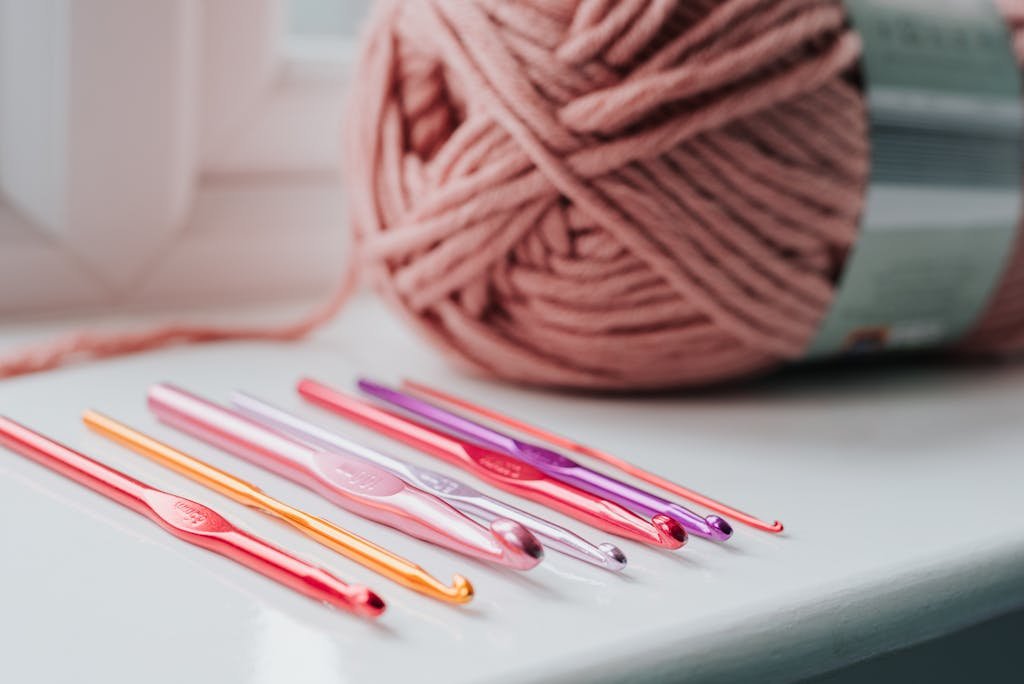
Why a Tight Foundation Chain Prevents Curling
If your foundation chain is too tight, it pulls the fabric taut, not allowing any flexibility. This results in a flat, stiff project.
Solution
- Use a Larger Hook for the Foundation Chain: When making your foundation chain, use a hook that’s one or two sizes larger than the one you’ll use for the rest of the project. This creates a looser starting point.
- Create a Looser Chain: Make a conscious effort to keep the foundation chain relaxed, allowing for more flexibility.
6. Blocking
Blocking is a technique used to shape and set crochet projects. If your project isn’t curling as you wish, blocking can help you manipulate the fabric to achieve the desired effect.
How Blocking Can Help Curling
Blocking involves wetting or steaming your project, then shaping it and letting it dry in that position. This process allows you to introduce curls where needed or to smooth out unwanted curling.
Solution
- Steam Blocking: Use a steamer or iron (without direct contact) to gently steam your project, shaping it into the desired curl.
- Wet Blocking: Soak your project in water, gently squeeze out excess water, and pin it into the curled shape you want. Allow it to dry completely before removing the pins.
Additional Tips for Encouraging Crochet Curling
Consistency Is Key
Maintaining consistent tension throughout your project is crucial. Even slight variations in tension can cause your project to be uneven, affecting how it curls.
Solution
- Regularly Check Your Tension: Pause periodically to ensure your stitches remain consistent. If you notice changes, adjust accordingly.
Count Your Stitches Carefully
Accidentally adding or skipping stitches can affect how your project curls. An uneven stitch count can create uneven tension and prevent curling.
Solution
- Count Regularly: Keep track of your stitches as you work, especially at the beginning and end of each row.
- Use Stitch Markers: Mark your rows or sections to help maintain an even stitch count.
Experiment with Techniques
If you’re still struggling with curling, try experimenting with different techniques. Sometimes the smallest adjustments can make a big difference.
Techniques to Try
- Slip Stitch Method: Incorporating slip stitches in your project can add flexibility and encourage curling.
- Invisible Join: This technique ensures that your ends are seamless, preventing tight areas that might restrict curling.
Read Also: Rescue Your Stripped Screw Now!
Conclusion
Crochet projects that don’t curl can be frustrating, especially when you’re aiming for that beautiful curled edge or texture. By understanding the factors that affect curling—tension, hook size, stitch choice, yarn type, foundation chain, and blocking—you can gain control over your crochet work and achieve the desired result.
Don’t be discouraged if your crochet isn’t curling right away; it’s all part of the learning process. Take the time to experiment with different solutions and techniques, and soon you’ll find yourself mastering the art of creating beautifully curled crochet projects.
